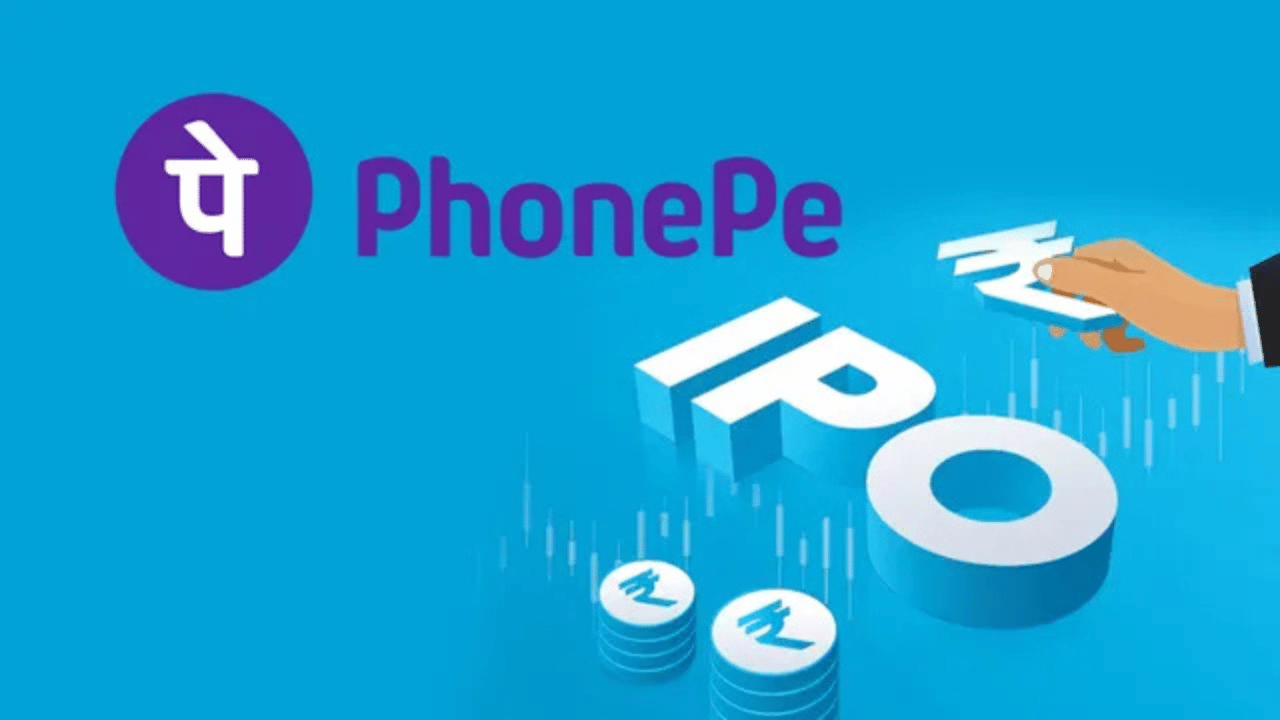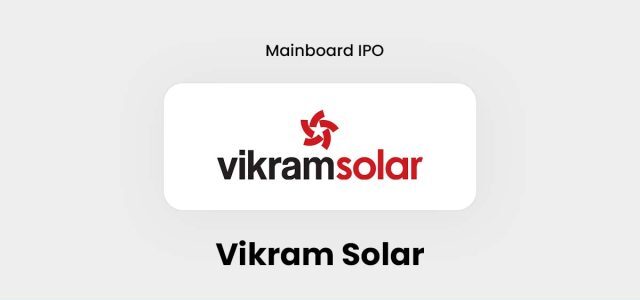IPO Lockups: An Initial Public Offering (IPO) is often a key target for every person of a venture or startup business. You might also be planning to invest in an Startup and thinking you will make big at the time of ipo launch . But if you don’t actually know what a “lockup” is, even if you have heard the phrase, you might be up against some unexpected woes, say, inadvertently breaching the terms of the lock-up agreement.
The term “lockup” is often associated with IPOs, but many don’t know just what it means. This ignorance can lead to unexpected problems, particularly among new investors or startup refugees who are running through the gauntlet of an IPO for the first time. IPO lockups are one of the things you need to know to get through that post-IPO period trouble free.
What is an IPO Lockup?
When a company’s existing shareholders, including founders, early stage investors, executives, and employees prepare to take the business public through an IPO, these shareholders typically own a substantial percentage of the company’s outstanding shares. These shares were often purchased at a much lower cost than the IPO price.
An IPO lockup is a contractual agreement that prohibits these insiders from selling their shares for a specified period after the IPO—usually 90 to 180 days As Per Sebi Norms .This lockup period helps prevent these shareholders from immediately selling their stock and flooding the market.
It is important to note that lockups do not prohibit the company from issuing new shares. They really apply, then, only to the sales of shares that are already owned by insiders. This is important because it implies the business could still raise money by issuing new shares, but current holders are precluded from selling their existing stake for a period.
Why Do Lockups Exist?
Before the I.P.O., insiders and early investors hold a large number of shares that had been valued at a lower rate. Following the I.P.O., these shareholders could be tempted to sell swiftly to cash out. A lot of insiders selling shares soon after an I.P.O. can create an oversupply in the market.
This pressure to sell will move the stock’s price to a much lower price. Such volatility can undermine investor confidence and undermine both the company’s reputation and long-term growth prospects.
Lockups are designed to:
- Prevent short-term financial gain by insiders right after the IPO
- Maintain market stability by avoiding sudden fluctuations caused by mass selling
- Promote healthy stock price formation and encourage long-term investment
How Are Lockups Communicated?
The details of a company’s lockup agreements are disclosed in the IPO prospectus, equity registration statements, and other documents released upon regulatory approval for listing. These materials explain:
- The length of the lockup period
- Which shareholders are subject to lockups
- Any exceptions or conditions regarding the sale of shares
For instance, employees who are compensated with stock options may be bound by different restrictions than founders or venture capitalists.
Who Does the Lockup Affect?
Lockups primarily affect large shareholders such as:
- Founders and executives: Those who started or run the company
- Early-stage investors: Venture capitalists and angel investors who invested before the IPO
- Employees: Those who received shares or options as part of their compensation
Because these insiders typically own a substantial portion of the company’s shares, their decisions to sell or hold can move the stock price significantly.
The Risk of Breaking a Lockup
Breaking a lockup agreement is a serious matter. If insiders sell shares before the lockup ends, they can face legal action on the part of the company or the regulators. Moreover, these sales can hurt the company’s stock price and reputation, undermining confidence on the part of insiders.
Knowing when lockups expire is essential for investors because the end of a lockup period can introduce more volatility. Some insiders may sell shares, driving down the stock price in the short term.
Example:
Let’s say TechCo, a rapidly growing tech bubblegum company, goes public at $20 per share as shown in the chart below. At the time of the I.P.O., the company is valued at more than four times this for the first investment.
The IPO lockup agreement precludes these insiders from selling any shares for 180 days after the IPO. For the first six months, this limitation helps to stabilize the price of the stock because of the absence of large blocks of shares being sold.
And when the lockup period expires, some insiders opt to sell segments of their shares to bank some profits. This sell pressure grows the supply of the stock, and can temporarily drive the price downward. Astute investors tend to monitor these lockup expiration dates in order to anticipate such price movements.
Impact on Market Valuation and Stock Price
It’s also an event that market watchers and investors tend to monitor closely. A sell-off afterward, following the lockup, can push the stock lower and make for short-term volatility.
But this is not necessarily a bad thing. Able to sell shares: Insider selling in this way could be interpreted in a positive light, showing confidence that the company will continue to do well even when insiders are not holding as much of it.
In Summary
An IPO lockup is a critical step in the going-public process. Under it, it bars insiders from selling their shares in a stock for a short period to stabilize the market and protect the stock price from sudden falls when there are massive selloffs.
Understanding the purpose, duration and consequences of the lockup can help investors, as well as company insiders, navigate the public offering process with greater confidence and less surprise.




